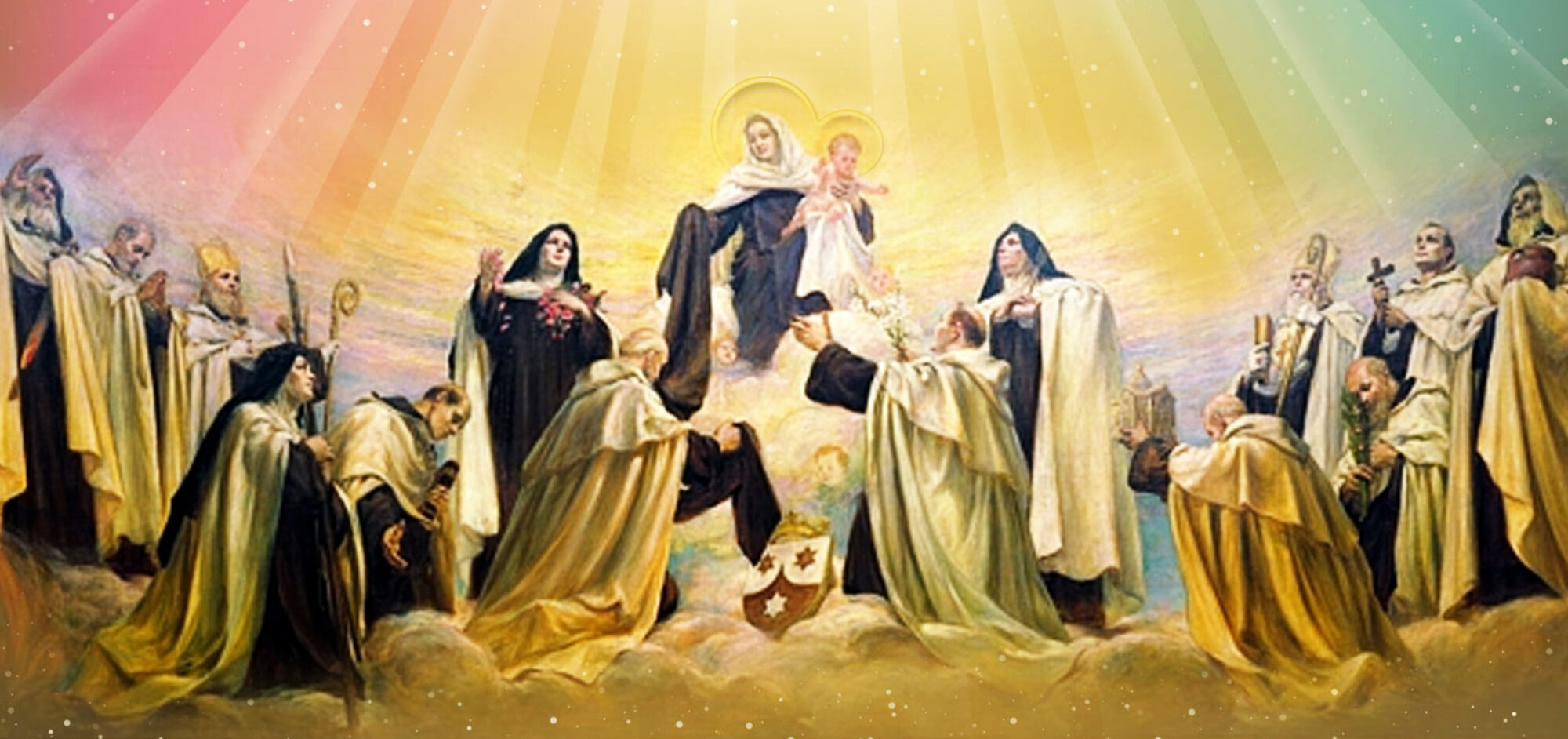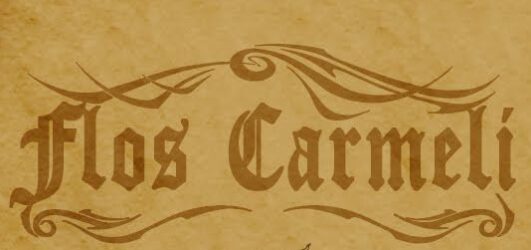
SECOND SUNDAY OF ADVENT



FIRST SATURDAY OF ADVENT

FIRST FRIDAY OF ADVENT

FIRST THURSDAY OF ADVENT

FIRST WEDNESDAY OF ADVENT

FIRST TUESDAY OF ADVENT

FIRST MONDAY OF ADVENT

FIRST SUNDAY OF ADVENT




NOVEMBER 29: SAINTS DENNIS AND REDEMPTUS, MARTYRS
NOVEMBER 29: SAINTS DENNIS AND REDEMPTUS, MARTYRS
Bl. Denis of the Nativity (OCD), Priest and Martyr
Peter Berthelot was born at Honfleur (Calvados, France) on Dec. 12, 1600, and as a young man went to sea, visiting Spain, England and America. In 1619 he went to India, where, as cosmographer and first pilot of the kings of France and of Portugal,
he distinguished himself by his valor and genius. Proof of the latter are his Maritime Tables, sketched with great ability and preserved in the British Museum (Ms. Sloan 197). In 1635, while in Goa, he took counsel with his spiritual director, Father Philip of the Most Trinity, and consequently joined the Discalced Carmelites. He made his profession on Dec. 25, 1636, with the name of Dionysius of the Nativity. He was ordained a priest on Aug. 24, 1638. According to the testimony of the same Father Philip, he was an example of virtue to all the religious, both in the novitiate and after his profession. He was graced with the gift of contemplation; and more than once during prayer he appeared surrounded by heavenly splendors.
In 1638, the Viceroy Peter da Silva sent Francis de Souza de Castro as ambassador to the sultan of Achén (Sumatra). The ambassador wished to have Dionysius with him as a spiritual guide as well as a maritime expert and someone versed in the Malayan language.
Bl. Redemptus of the Cross (OCD), Religious and Martyr (m)
Father Dionysius, in turn, took as his companion Thomas Rodriguez, who was born in Portugal about 1598 and joined the Carmelites as a lay brother, with the name of Redemptus of the Cross.
The two left Goa with the delegation on Sept. 25, 1638, and after a successful voyage arrived at Achén on Oct. 25. The joy with which they were received was feigned; they were soon made prisoners. Dionysius and Redemptus were tormented and tried more than the others, for the purpose of making them renounce their Catholic faith and embrace Islam. While in prison, Dionysius deprived himself even of necessities in his charity for others, whom he strengthened by his words, his help and his example. Both were condemned to death: Redemptus was one of the first to die, while Dionysius was martyred last, as he himself desired, in order to be able to strengthen the others. He was killed on Nov. 29, 1638, by a sword-blow that split his head in two. Both Carmelites were beatified by Pope Leo XIII on June 10, 1900.
From almost the very beginning, friars of Teresa’s Discalced Reform had shown great zeal for work in the foreign missions. Pope Clement VIII used this enthusiasm to establish the methods and spiritual energy of the Congregation for the Propagation of the Faith. Blesseds Denis and Redemptus were some of the earliest martyrs of that early wave of heroes who labored to spread the Gospel to the peoples of the Far East.
Following the great voyages of discovery in the 15th and 16th centuries, there was a great flurry of missionary activity to evangelize the peoples of Asia, Africa, and the Americas. Especially in the Indian Ocean, the religious energy was both stimulated and complicated by the fabulous wealth to be harvested from the spice trade. The Portuguese merchants had a long lead on the exploration and development of the coasts and islands which generated such wealth, especially through their base in Goa, on India’s western coast. But by 1600, the Portuguese monopoly was being vigorously contested by Dutch, French, and English merchants.
The earliest Carmelite missionaries to Asia had shown a surprising degree of success, even in Persia and other Islamic states. Their foundations were extended to include Goa, in Portuguese India, which served as a secure base for further expeditions to East and South-east Asia. Goa served as a formation center for vocations which came to join the Carmelites outside of Europe. One such aspirant was Tomas Rodrigues da Cunha, who originally came to Goa as a soldier. He was born in 1598 at Paredes, in northern Portugal. He joined the Carmelites in 1615 and served as a brother with the religious name of Redemptus of the Cross.
Twenty years later, his mission companion decided to accept the call to Carmel. Pierre Berthelot was born at Honfleur in 1600. Like many others from France’s Normandy coast, he went to sea as commercial mariner. He became not only a pilot and navigator, but a cartographer of considerable skill. Some of his sea charts were the best of their kind for that time. Pierre served not only his French king, but piloted Portuguese ships as well. In time, he was knighted and named as pilot-in-chief and cosmographer to the King of Portugal.
Even though Berthelot had a promising career ahead of him in the Portuguese navy, he decided to join the Carmelites in 1635. He took the religious name of Denis of the Nativity. From the beginning, he expressed an interest in using his talents and knowledge of geography and native languages to spread the Gospel. He had all the makings of a zealous missionary to the people of Asia. But another plan intervened before he could realize that hope.
The Viceroy of Goa intended to send a diplomatic mission to the Sultan of Acheh, the powerful ruler of northern Sumatra. His ambassador, Dom Francisco Sousa de Castro, specifically requested that Denis be assigned to the expedition, not only for spiritual care, but also because of his piloting skills and knowledge of the waters around Sumatra. Denis was hurriedly ordained to the priesthood, and Brother Redemptus was assigned to accompany him. The mission sailed for Acheh in 1638.
It was especially unfortunate that what might have been a deputation of peace arrived at such an inopportune time. Well over a century earlier (1511), the Portuguese had seized the port of Malacca, and built a nearly impregnable fortress there to control the trade routes, especially for pepper and tin. Even today, the Straits of Malacca are one of the world’s busiest waterways, and whoever might control the commercial traffic there will become fabulously rich. Over a century of bitter warfare followed between Portugal and the Sultans of Acheh. The most powerful and successful of those Sultans, Iskandar Muda (1607-36), had launched an all-out assault on Malacca, with a large army, and nearly all his ships. He was badly defeated, and lost nearly everything he had invested in that campaign.
His son-in-law, Iskandar Thani, succeeded him in 1636, and tried desperately to rebuild the fortunes of the Sultanate. Thani instituted a policy of consolidation and religious unity, promoting Islamic rigorism. He received considerable support and encouragement from Dutch merchants on Java, who were bitter rivals of Portugal. The Dutch themselves would capture Malacca within just a few years. So Iskandar Thani felt strong enough to prove his courage by striking a blow against his hated rivals.
Sousa de Castro’s delegation of about 60 people was allowed to land peacefully in Acheh, but they were then arrested as invaders. Each was given the option of renouncing their faith and converting to Islam. Denis and Redemptus led the resistance to this option by their own fervor and courage. Redemptus was taken to the shore and shot with arrows, and then his throat was cut. Denis asked to be the last to die, so that he could encourage the others. Crucifix in hand, he was finally dispatched by a crushing scimitar blow to his skull. Of the entire party, only the ambassador survived, as his family paid a large ransom after 3 years of miserable captivity.
Today, Indonesian Carmelites minister to people in many parts of their country: Java, Flores, and Sumatra, including Acheh. They can rightly thank Denis and Redemptus because “the blood of martyrs is the seed of Christianity.”


